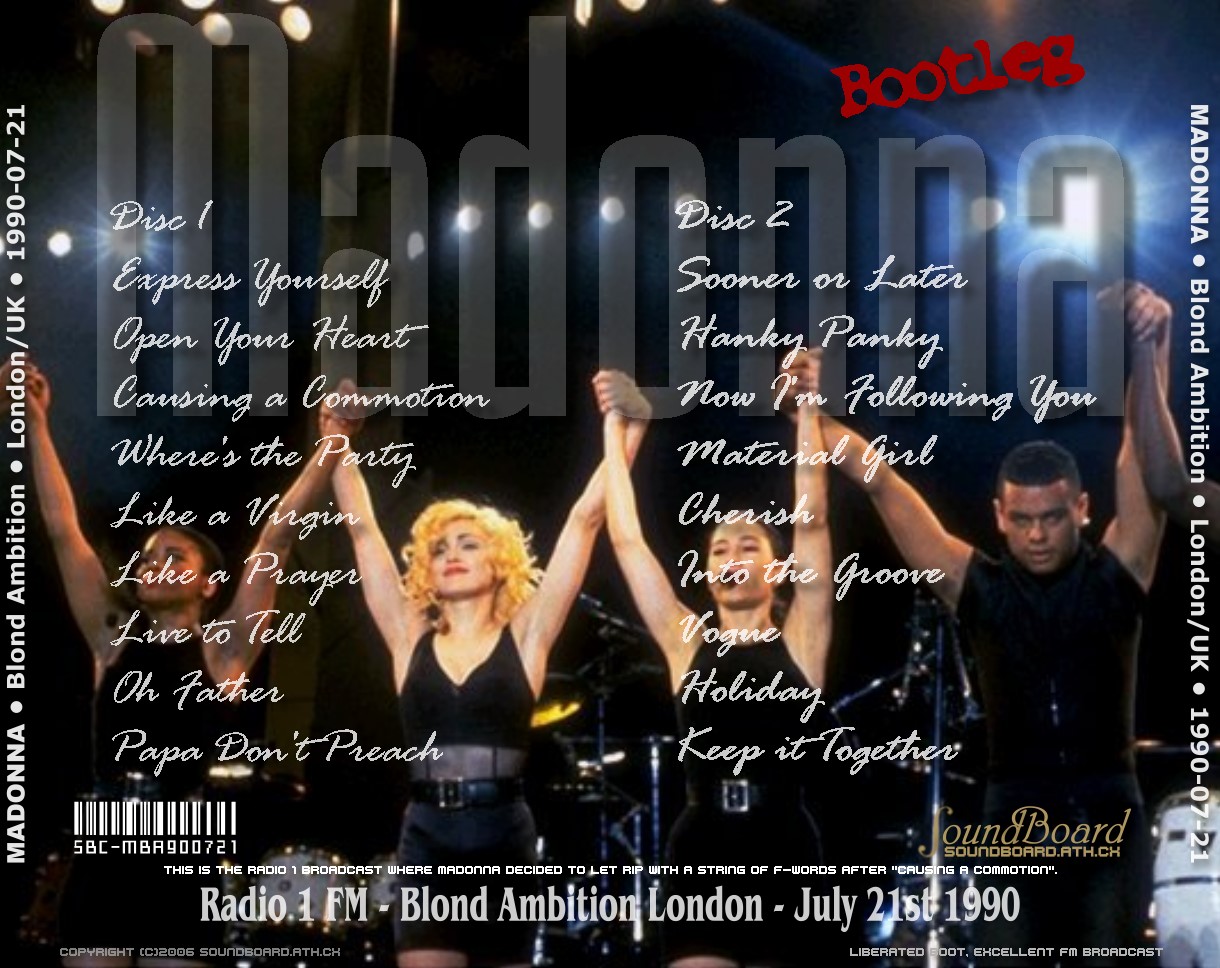
#BLONDE AMBITION SERIES#
(One might say that the job amounts to “a series of problems” that the distracting babe in question “must navigate with grace.”) “The audience was not only complicit, but vital in making the magic happen through a connection that felt almost childlike at times,” the feminist academic and researcher Dr. Historically, the role of a magician’s assistant has been vexed, owing to the fact it largely exists to allow a very pretty, often silent woman to serve as eye candy for the audience and-if she is lucky-pretend to be sawn in half, or have knives thrown at her while she is in bondage, or be subject to some other thrilling form of pseudo-torture. “Being Canadian and a gymnast and an acrobat,” she wrote on her website after revealing she’d begun work with Klok, “I always wanted to join Cirque du Soleil-I love it more than anything.” It figures that Anderson, of all people, would have dreams of running away to join the circus, not least because of her adventurous spirit and her taste for tattooed freaks. In photographs from The Beauty of Magic’s opening night, she looks as hard and golden as a trophy, traversing the stage with the sure stride of a prizewinning thoroughbred in her six-inch-high mirrored heels and her shimmering leotard.

Instead, Pamela Anderson chose one of the vampiest, flashiest jobs of all, in one of the vampiest, flashiest cities in the world, and continued to be perfectly content being blonde, augmented, nearly naked, and an undeniable bombshell. When the show first opened, Anderson was a month shy of turning forty, an age at which many sex symbols begin to think about how best to transition into being a symbol of something else entirely.
#BLONDE AMBITION MOVIE#
You might also say that she spins the creation of female desirability into a magic trick, making it entirely appropriate that in 2007-in between playing herself in the first Borat movie and appearing at the Crazy Horse in Paris-she performed as an onstage assistant to the square-jawed, lank-haired illusionist Hans Klok, in a show at the Planet Hollywood Resort & Casino in Las Vegas entitled The Beauty of Magic. Her rum-soaked cherry of a memoir, Love, Pamela, paints femininity as a matter of both nature and nurture, at once inherited as a kind of spiritual birthright from one’s foremothers and also worked at, tirelessly and sometimes expensively. To deny the wattage of Pamela Anderson’s charisma at her peak would be absurd, like denying the existence of the sun she has never been much of an actress in the strictest sense, but she is an excellent one as far as the role of womanhood is concerned. She is a self-made woman in every possible sense of the phrase “self-made woman,” and her whole career has been defined less by her talent than by her determination. “Life is a series of problems / we must navigate / with grace- / one problem solved / another arises,” she writes in verse in its opening pages, “Again / and again / until we die.” No problematic twist of fate could prevent Pamela Denise Anderson, born July 1, 1967, from becoming Pamela Anderson, model and actress and activist and eccentric, just as being born in Ladysmith, British Columbia, could not prevent her from becoming an icon of souped-up, all-American sex appeal. This combination-sweet and bitter, with a happy ending invariably following a cruel ordeal-characterizes the entire book, which has the feel of a Grimm’s fairy tale with added sex. In her recent memoir, she imagines how the scene played out, and the details she includes in her description (her mother’s “pretty head” going through the windshield the “soft cream interior” of the car being “soaked in blood”) are suggestive of a glamourpuss with an illicit taste for the macabre. The second is the fact that there was almost no “her” to begin with: in 1967, her father totaled his green Ford Fairlane while trying to outrun the police, and her pregnant mother was thrown face-first through the glass of the car’s windshield in a smash that might have claimed three lives but improbably ended with no casualties at all. The first is that she is not American, but Canadian, an accident of her birth that seems unthinkable when one considers how American she seems from the outside-how blonde, how nominally plastic, how aspirational and saleable and generally designed to look just right rendered fourteen feet high on a billboard.

There are two things that might be said to define her from the off, and they are not the two things that one might expect.


 0 kommentar(er)
0 kommentar(er)
